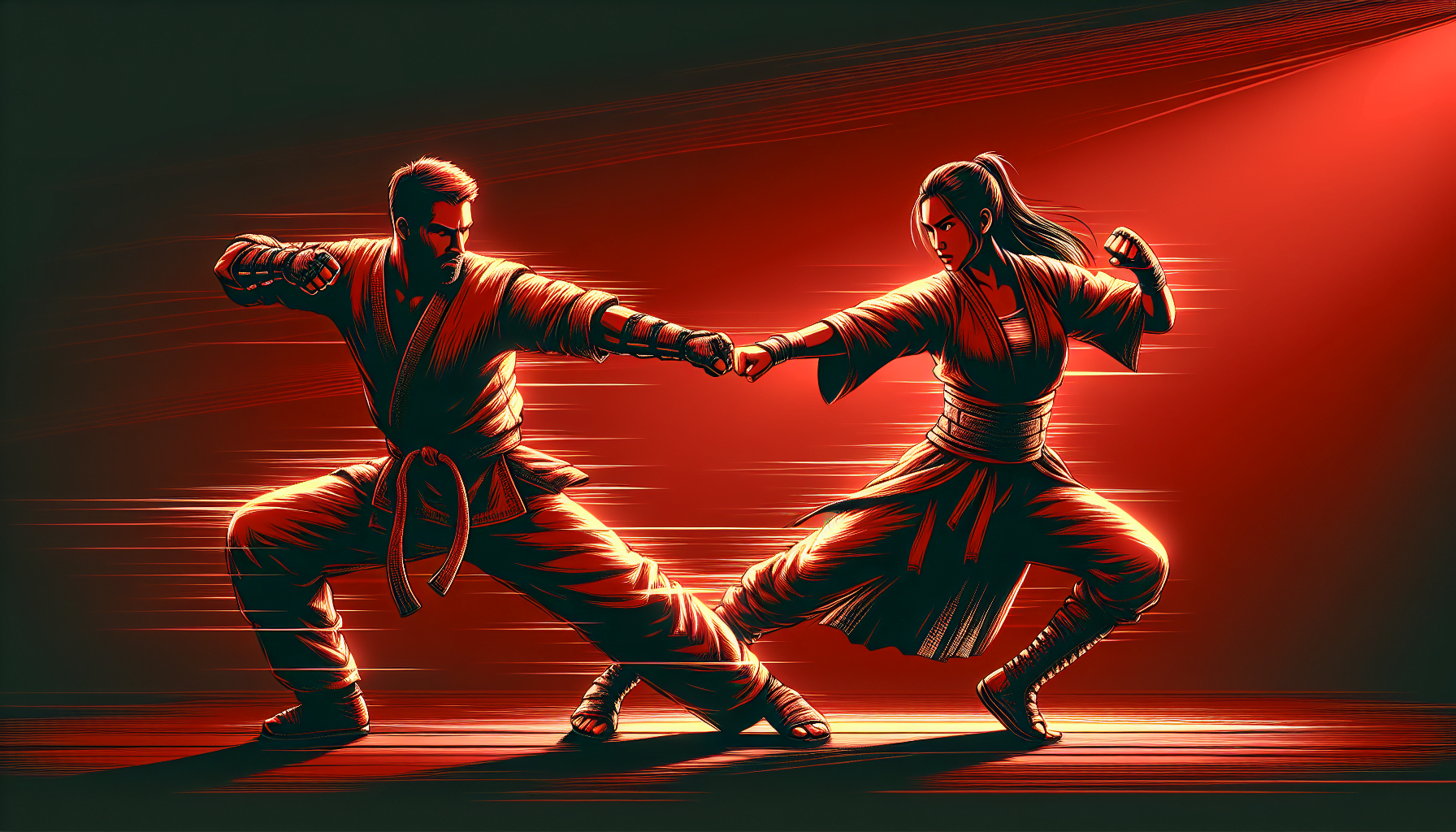To beat a pressure fighter, you need strategy and composure. Imagine you’re in the ring, heart pounding, as an unyielding opponent charges at you, intent on breaking your will. It’s a scenario that can rattle even the most seasoned boxers.
But there’s a method to the madness. With the right techniques, you can turn their aggression into your victory. I’ve been there, feeling the heat, learning to dance away from the storm and strike when it counts.
So, take a deep breath. I’m going to share insights that will help you stay cool under pressure and outsmart the bulldozer in front of you. Because in boxing, it’s not just about how hard you hit, but how smart you fight.

Outmaneuvering the Pressure

Identifying the Tactics of Pressure Fighters
You’re in the ring, and your opponent is relentless. They’re a pressure fighter, constantly moving forward, aiming to overwhelm you. Recognize this tactic. They want to dominate the space, to make you react rather than act. But you’re not going to let them. You’ll see through their game. They come at you in waves, trying to close the distance, to smother your technique. But you’re prepared. You’ve studied their patterns, their rhythm. You know when they’re about to surge.
Mastering Footwork and Distance Control
Now, focus on your footwork. It’s your foundation, your dance. Keep it light, keep it smart. Use it to maintain the distance. When they advance, you glide back just out of reach. When they pause, you’re not there. You’re to the side, you’re creating angles. It’s a chess match, and you’re two moves ahead. Your footwork isn’t just defense, it’s offense. It’s how you control the fight without throwing a punch.
Employing Jabs and Counterpunches Strategically
Your jab is your spear, your first line of defense. Throw it with purpose. It’s not just a punch; it’s a message. It says, "Keep back." When they barrel in, your jab is there to greet them. And when they get sloppy, when they overcommit, that’s when you strike with precision. A counterpunch isn’t just a hit; it’s a statement. It says, "Every move you make has a cost."
Lateral Movement: Creating Angles and Opportunities
Don’t be a target. Move laterally. Create angles. When they expect you to retreat, you slide to the side. You’re elusive, a ghost in the ring. This lateral dance frustrates them, tires them. And when they’re tired, they make mistakes. That’s when you find openings. That’s when you exploit their aggression. You’re not just avoiding their attacks; you’re setting up your own.
Exploiting Openings When They Overextend
Pressure fighters are aggressive, but aggression can be their downfall. Watch for that overextension, that reach that’s too far. That’s your moment. Strike with a combination, fast and hard. Make them pay for their eagerness. Every overreach is an opportunity. It’s a chance to turn their strength into their weakness. You’re not just surviving their pressure; you’re using it against them.
Mental and Physical Endurance Against Pressure Fighters

Building a Mental Fortress
You step into the ring. Your opponent is relentless, a pressure fighter known for breaking spirits. But you’re ready. You’ve trained your mind as hard as your body. Mental toughness is your shield. It’s about focus, about not letting the constant advance break your will. Picture the greats, like Ali, using wit and grit to stay cool under fire. That’s your goal.
Stamina: The Marathon Runner’s Approach
To beat a pressure fighter, think like a marathon runner. Your training is your preparation for the long haul. You’ve worked on your stamina, your conditioning. It’s not just about being able to throw punches, but to keep moving, keep dodging, round after round. Your body is an engine, finely tuned to outlast the onslaught.
Adapting Strategy: The Chess Player’s Mindset
Pressure fighters are predictable. They come at you, non-stop. You adapt. You’re a chess player in gloves. Timing is your best friend. You’ve studied their tactics, ready to counter. When they advance, you sidestep. When they swing, you’re already out of reach. It’s a dance, and you’re leading.
Rest and Recovery: The Art of the Pause
Even warriors need rest. You know when to take a break, to recover. In training, you’ve learned the art of the pause. It’s not a sign of weakness, but of intelligence. You use the clinch not just to disrupt their rhythm, but to catch your breath. It’s a strategic retreat, only to come back stronger.
Wrestling and Clinching: The Disruptor’s Tactics
You’re not just a boxer; you’re a disruptor. You use wrestling, clinching to break their flow. It’s not about brute force; it’s about smart engagement. You tie them up, sap their energy. They’re a storm, and you’re the mountain, immovable, turning their own force against them.






